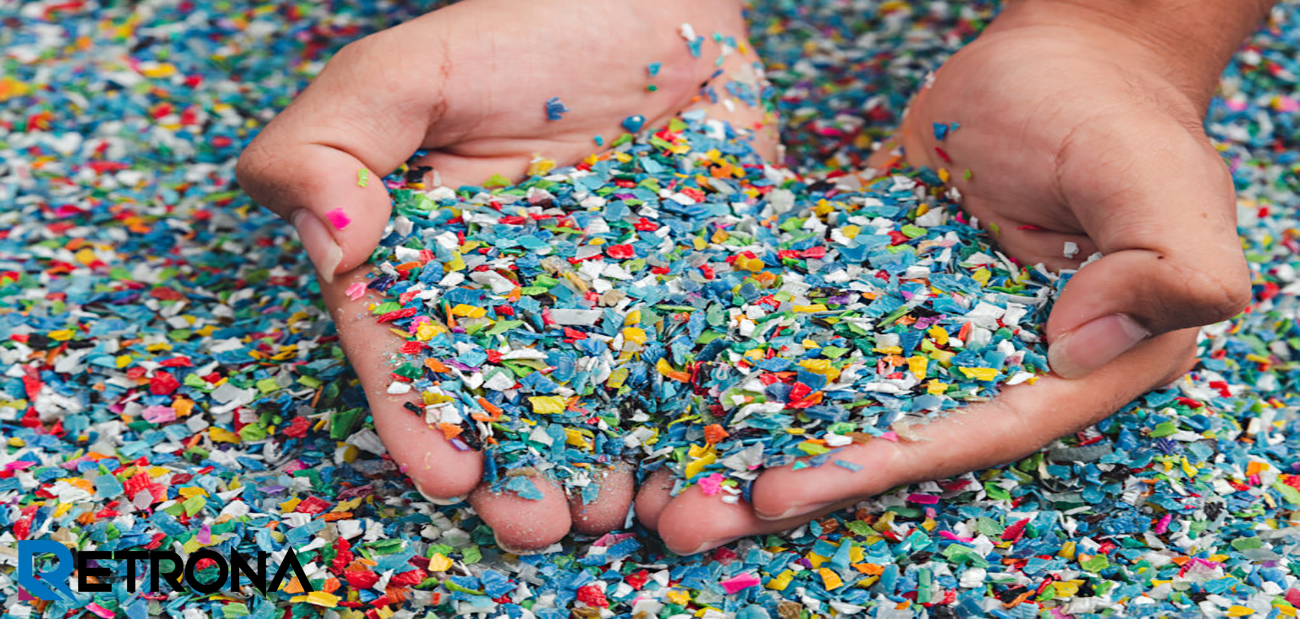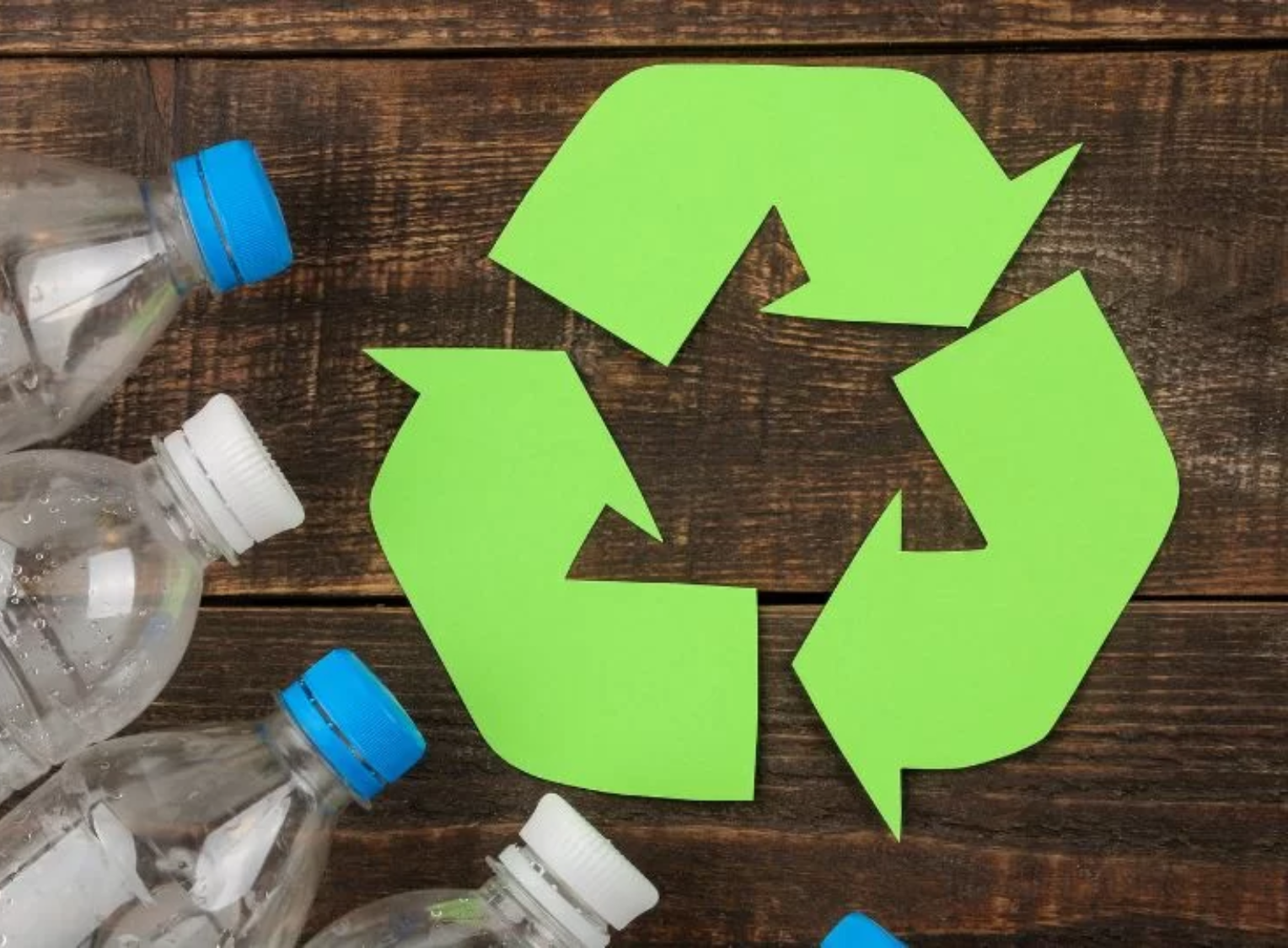Recycled Polyethylene Processing Challenges

Polyethylene (PE) is one of the most widely used plastics worldwide, found in packaging films, containers, pipes, and countless other products. Its popularity comes from being lightweight, durable, and cost-effective. However, with billions of tons of polyethylene produced annually—particularly HDPE (High-Density Polyethylene), LDPE (Low-Density Polyethylene), and LLDPE (Linear Low-Density Polyethylene)—plastic waste management has become a global concern.
Recycled polyethylene (rPE) offers a sustainable solution, but the process of collecting, sorting, and converting PE waste into high-quality material presents significant challenges. This article explores the key obstacles in polyethylene recycling and highlights CRP100B, an advanced recycled HDPE grade that demonstrates the future of sustainable plastics.
Why Recycling Polyethylene Matters
Polyethylene accounts for a large percentage of global plastic waste, much of it in single-use packaging. Recycling HDPE, LDPE, and LLDPE helps:
Reduce landfill waste and ocean pollution.
Lower carbon emissions by cutting virgin plastic production.
Promote a circular economy in the plastics industry.
However, achieving high-quality recycled polyethylene is not simple.
Polymer Degradation During Recycling
Each time polyethylene is melted and reprocessed, it undergoes thermal and mechanical degradation. This lowers its molecular weight and affects strength, flexibility, and overall performance.
Impact:
Decreased mechanical properties.
Inconsistent melt flow index (MFI).
Increased reliance on stabilizers and additives.
Feedstock Variability
Recycled polyethylene streams often mix HDPE, LDPE, and LLDPE, making quality control difficult. Manufacturers may receive pellets with unpredictable density, melt properties, and strength, which limits product applications.

Difficulty Separating PE Grades
Although chemically similar, HDPE, LDPE, and LLDPE have different melting points and densities. Without advanced separation, recycled PE often ends up in low-value products like garbage bags or landscaping materials.
Economic Barriers
Virgin polyethylene remains cheaper to produce than recycled polyethylene, especially when oil prices are low. This economic imbalance slows industry adoption of rPE unless regulations or sustainability mandates are in place.
Color and Odor Limitations
Recycled polyethylene often has a grayish tint and may carry odors from previous contents, making it unsuitable for food-grade or premium packaging applications.
CRP100B: A High-Quality Recycled HDPE Solution
To address these recycling challenges, material suppliers are introducing high-performance recycled polyethylene grades like CRP100B.
What is CRP100B?
CRP100B is a post-consumer recycled (PCR) HDPE resin designed for industrial packaging, blow molding, and rigid applications. It offers:
Consistent Material Quality: Controlled sourcing and advanced processing ensure uniform batches.
Sustainability Benefits: Manufactured from PCR HDPE, reducing plastic waste and carbon emissions.
Wide Applications: Ideal for industrial containers, drums, and durable products.
CRP100B shows how innovation can bridge the gap between recycled and virgin HDPE while supporting circular economy goals.
Solutions Driving the Future of PE Recycling
To overcome these polyethylene recycling challenges, industries are investing in:
Chemical Recycling: Converting PE back into virgin-grade monomers.
Advanced Sorting Systems: AI, robotics, and NIR sensors for improved separation.
Design for Recycling: Simplifying packaging to make recycling easier.
Additives and Compatibilizers: Enhancing rPE mechanical properties.
PCR Resin Development: CRP100B and similar materials demonstrate the potential of high-quality recycled plastics.
Polyethylene recycling is critical to reducing plastic waste, but contamination, degradation, and cost barriers slow progress. With innovative solutions like CRP100B recycled HDPE, better sorting technology, and a strong focus on sustainability, recycled polyethylene can meet global demand while protecting the environment.

